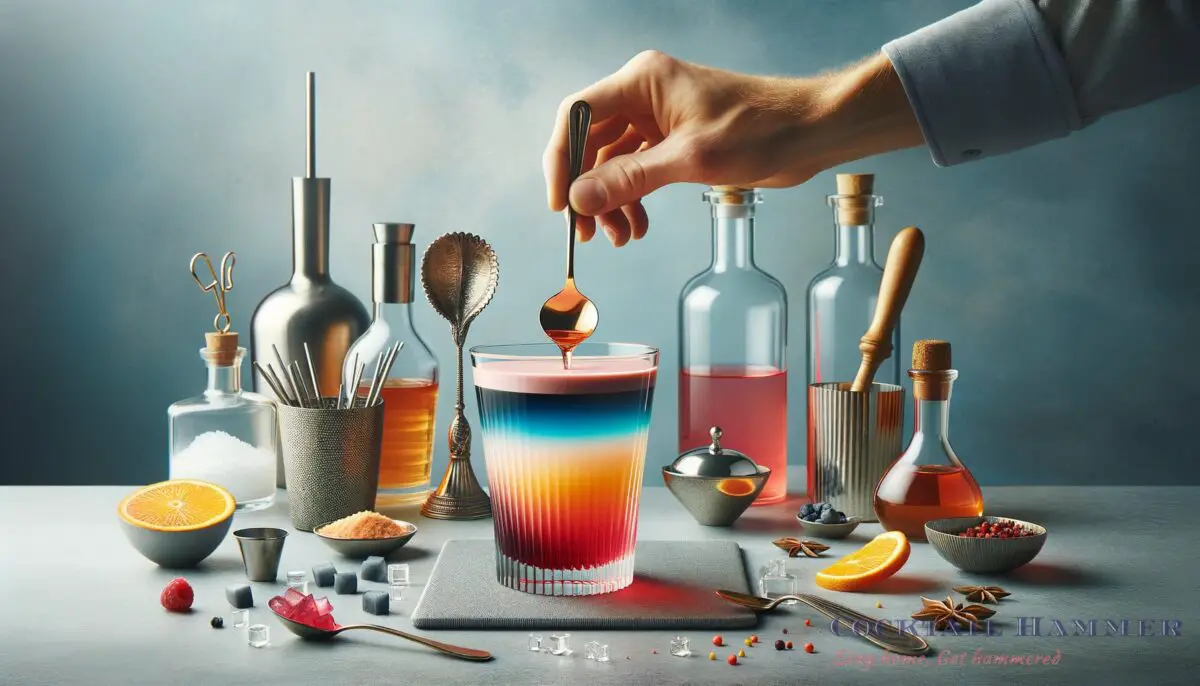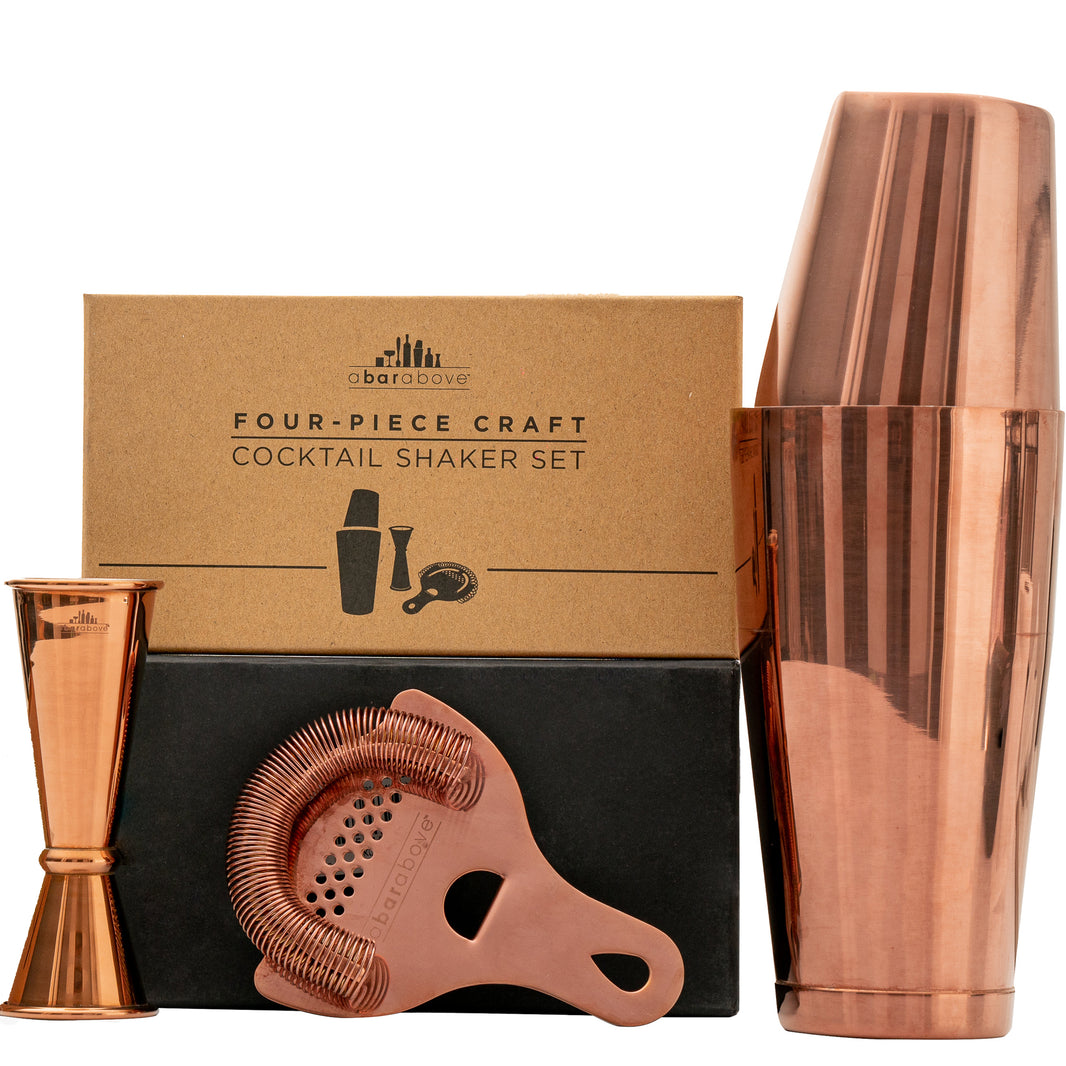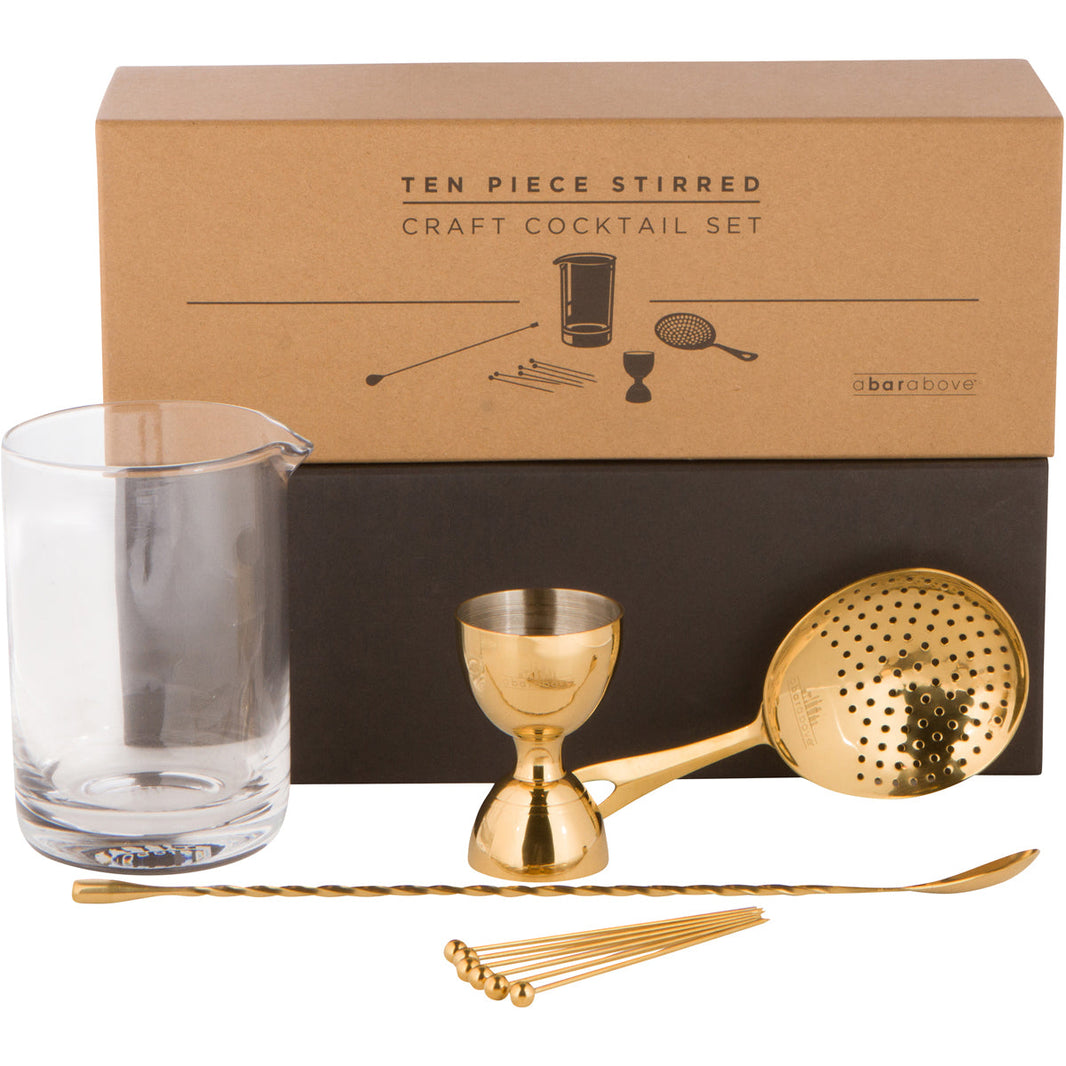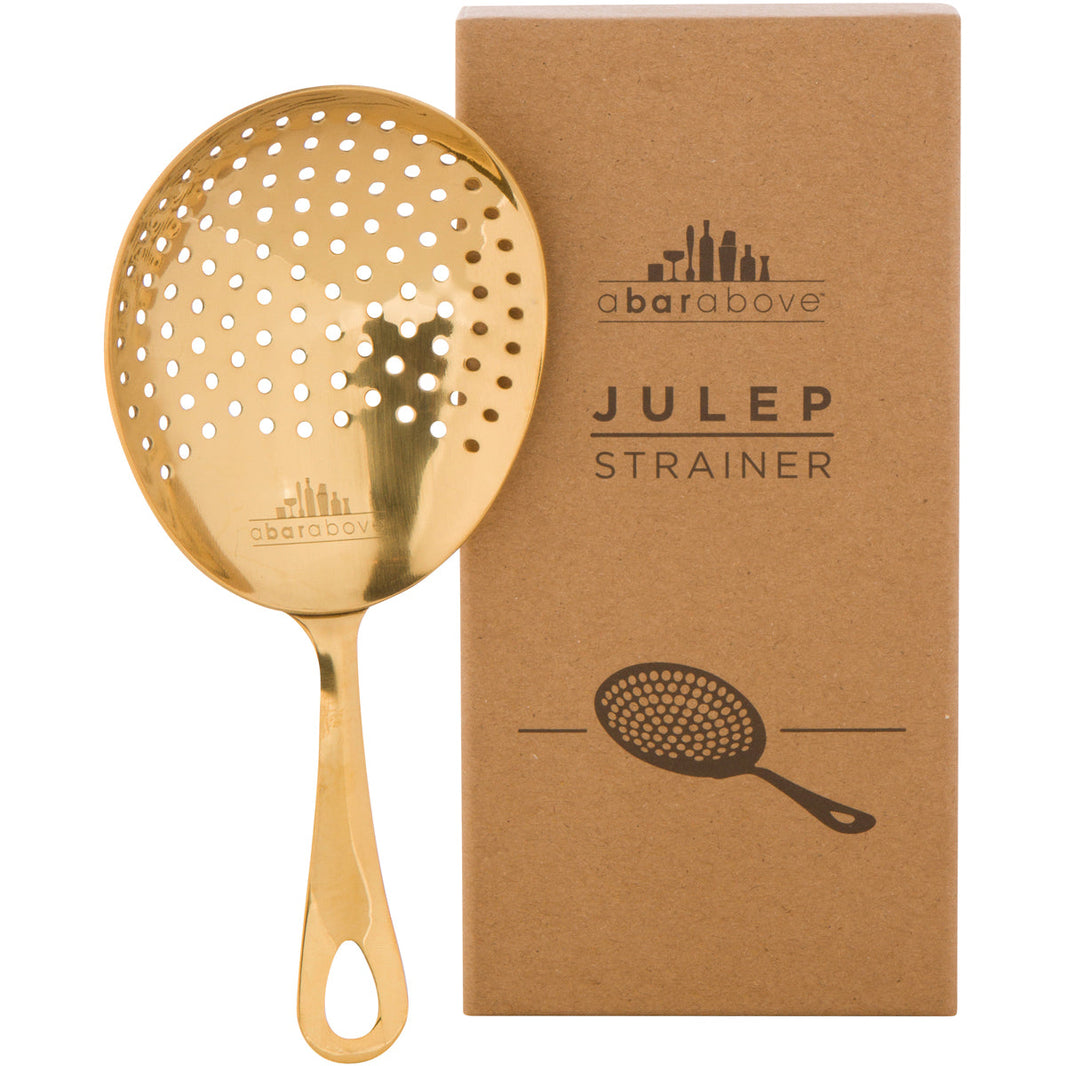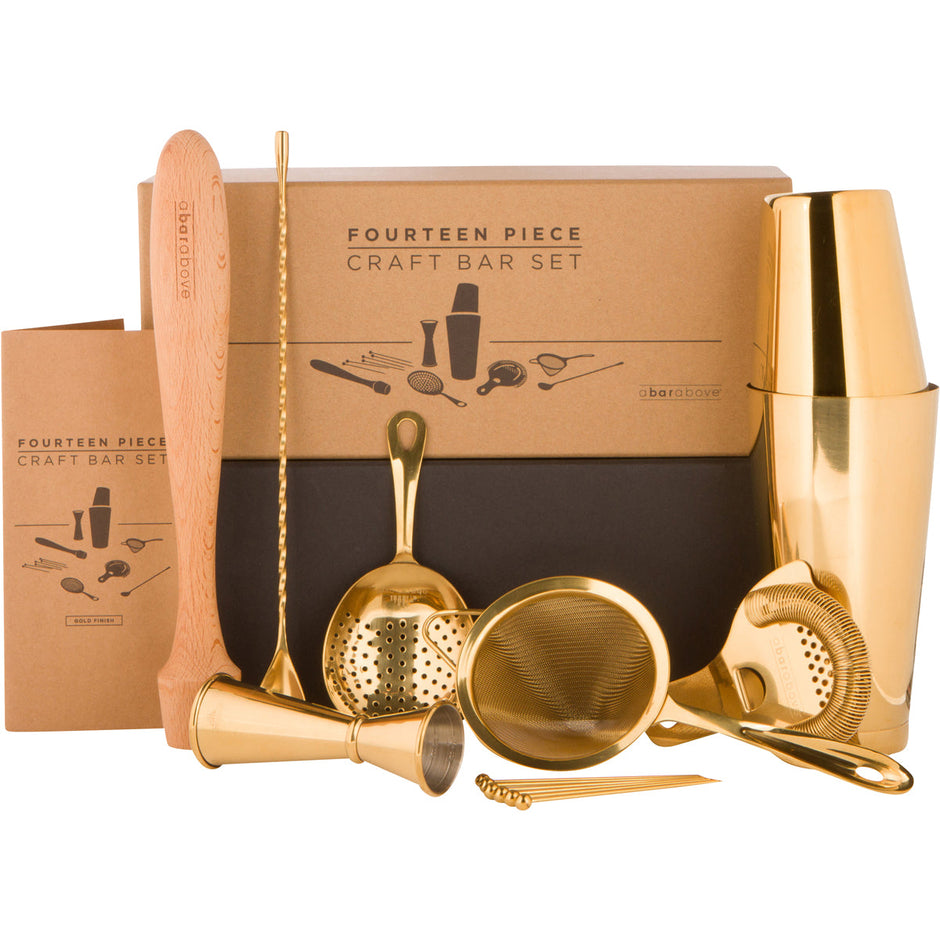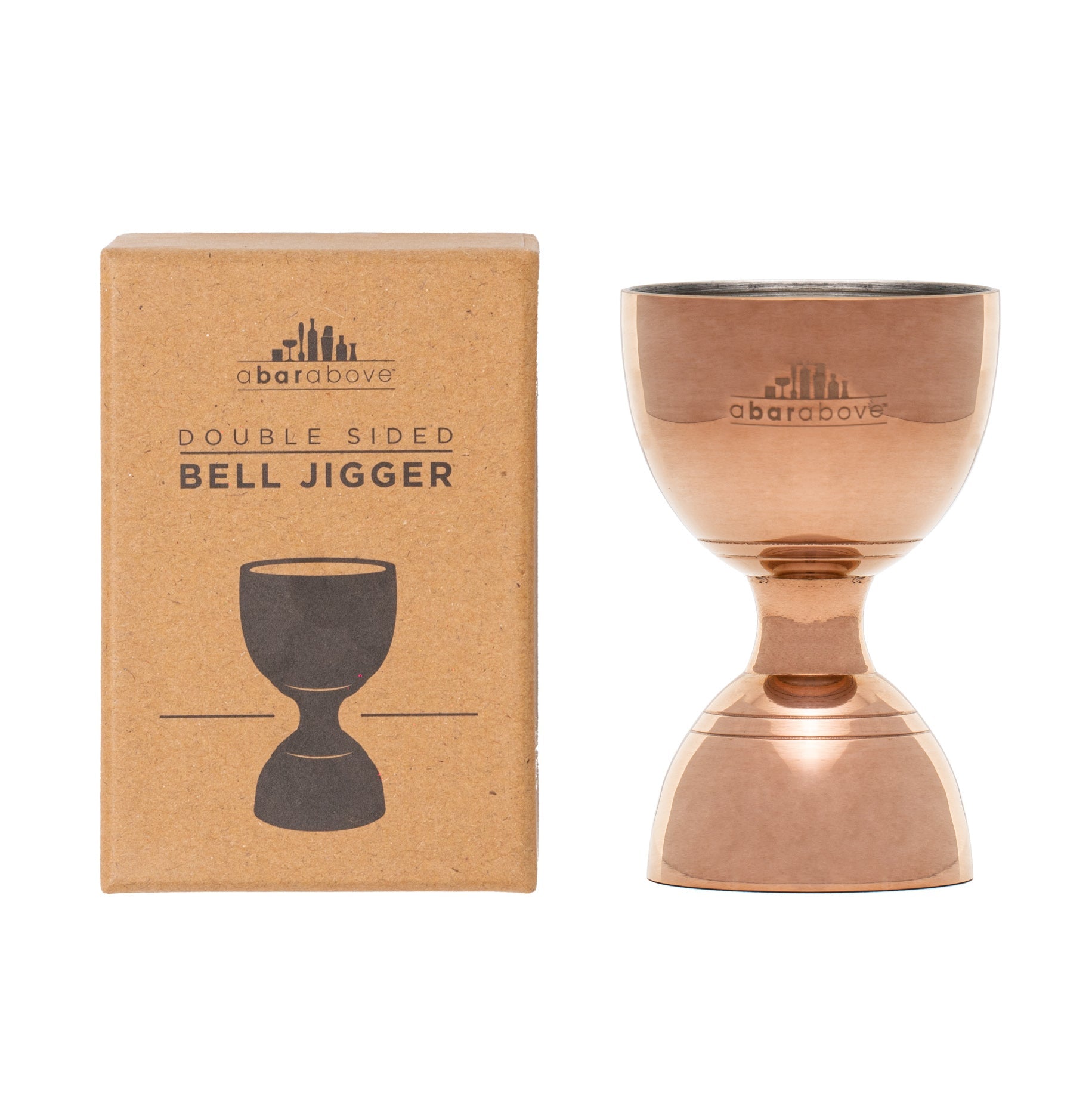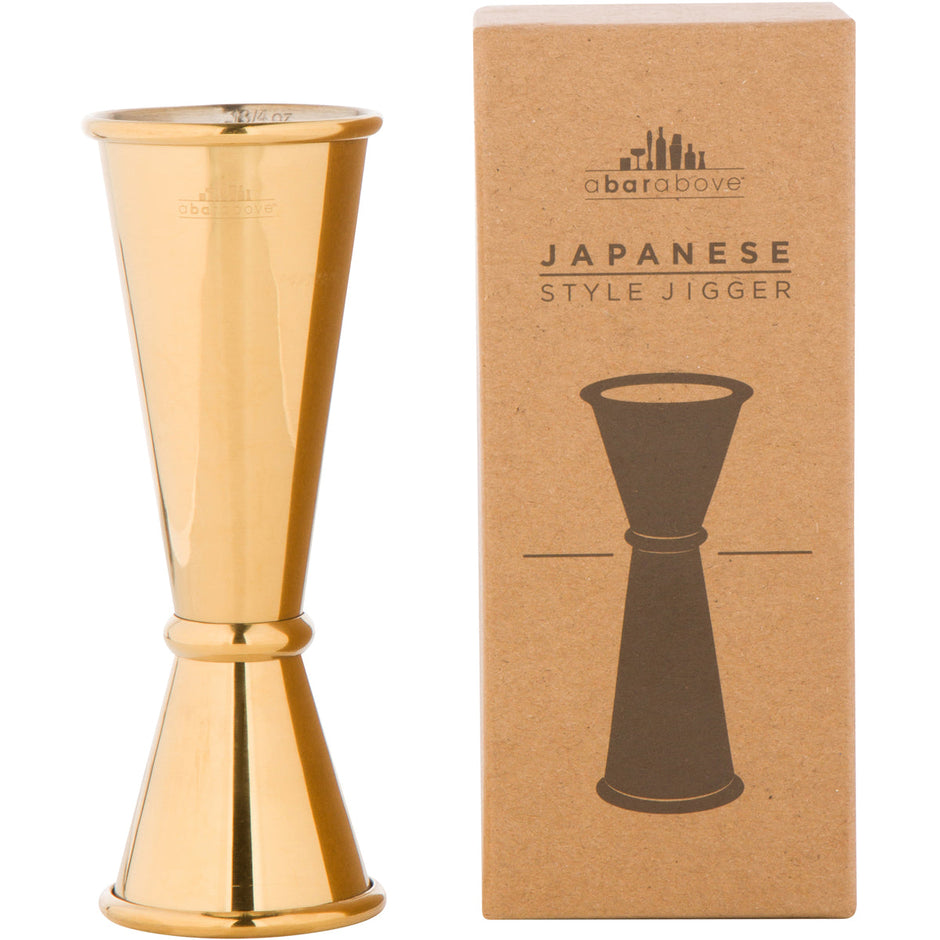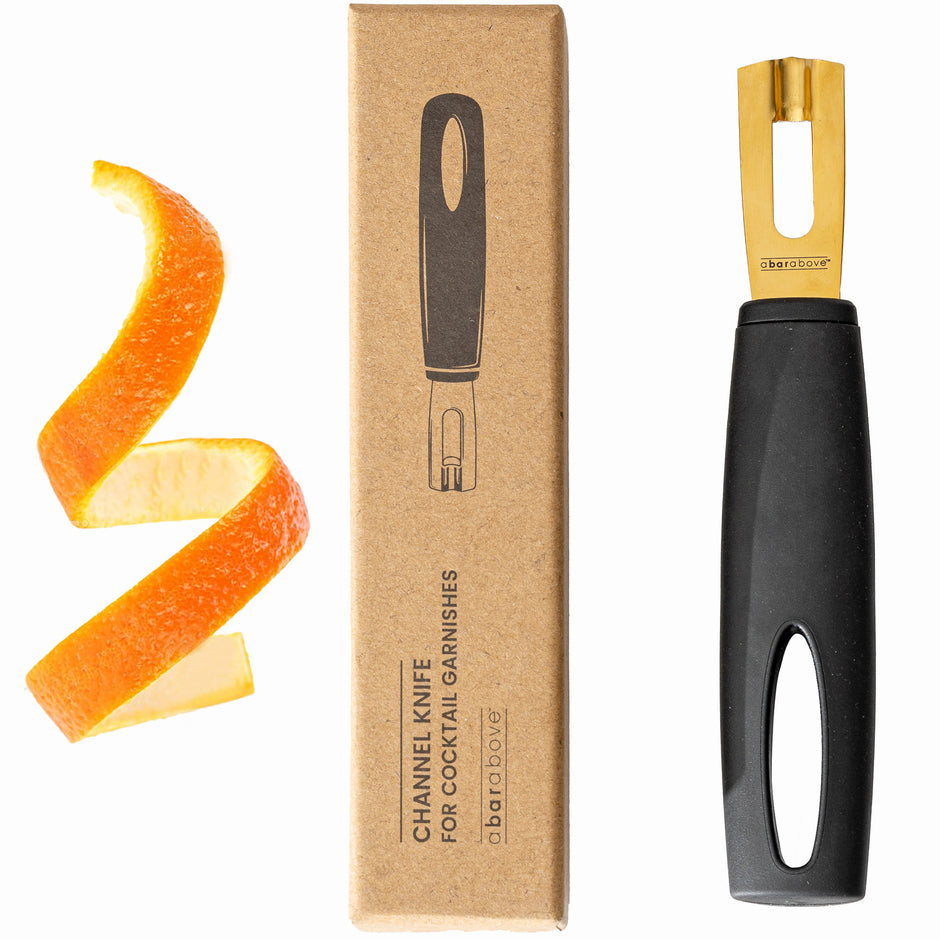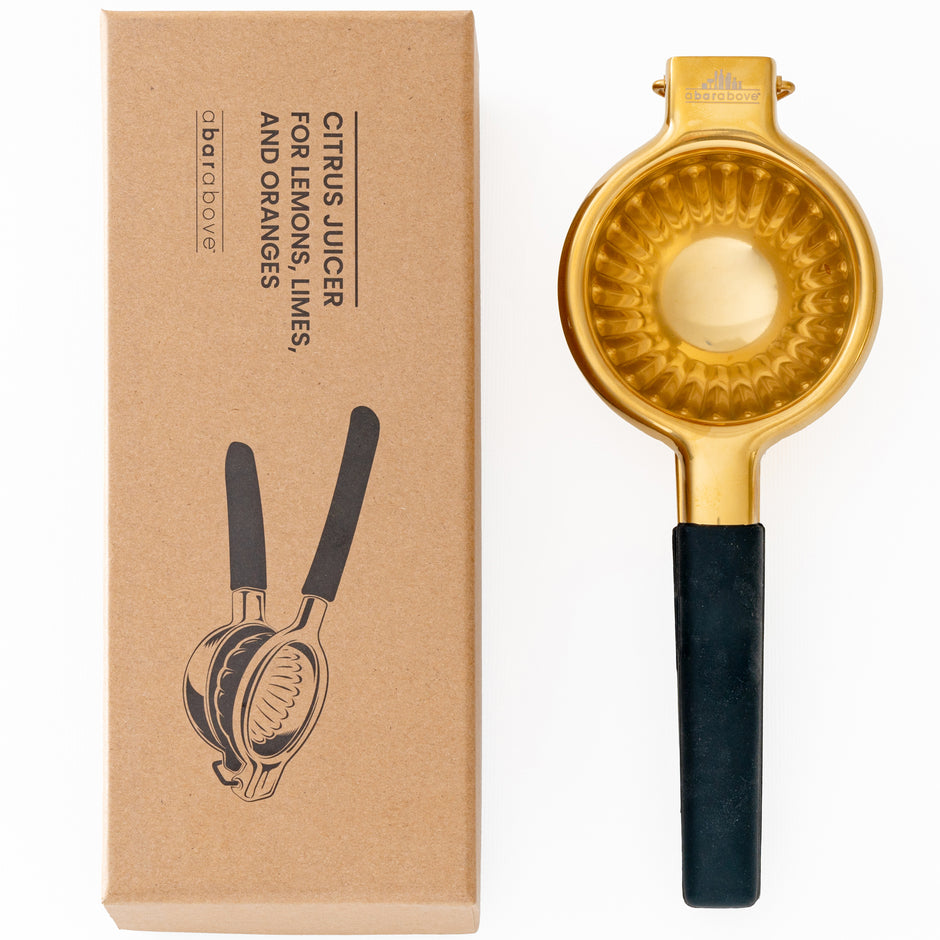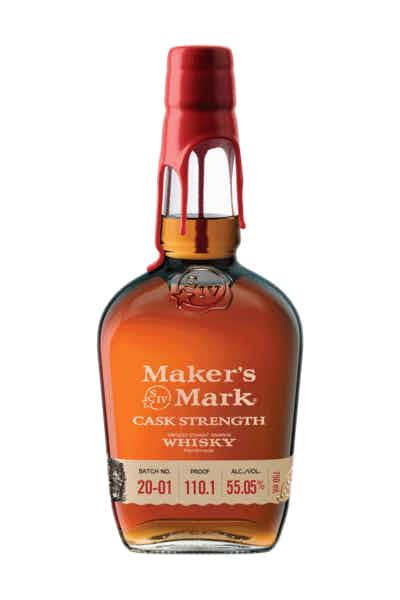When dialing up the ambiance for your next shindig, nothing sets the mood quite like a well-stocked bar cart armed with the finest. But as I prepped my trusty selection of stylish bar carts, a debate unfolded. Can a robust vintage like port wine take a shelf-life hit if never uncorked? Some argue time enhances the elixir within, others fear neglect turns nectar to neglect.
Let’s dive into this oenological puzzle. You’ll glean insights into the transformation of an unopened bottle over time.
Key takeaways
- Port can spoil over time, but proper storage can greatly extend its shelf life.
- Constant, cool temperatures and darkness are crucial for maintaining port quality.
- Vintage ports have the longest aging potential, while tawnies are ready to enjoy.
- Examine the color and smell for signs of spoilage before indulging in an old bottle.
Can port wine spoil if left unopened for a long time?
Odd as it may sound to some sippers, port, despite its fortified prowess, is not immortal. Many of us home mixologists wonder if this rich, sweet wine, known for its longevity, can actually spoil over years of patiently waiting on the rack. To appreciate port’s potential longevity, it’s crucial to recognize that it is indeed fortified — a process that involves adding a distilled grape spirit to halt fermentation, boost alcohol content, and essentially armor the wine against time and microbial invaders.
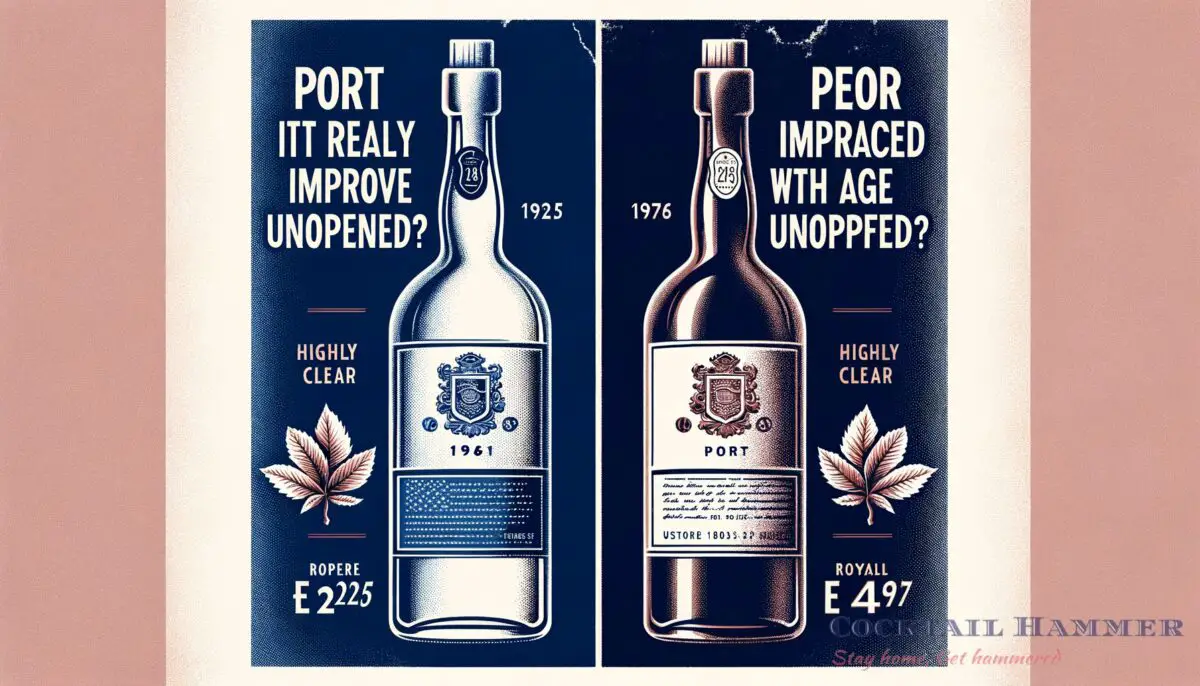
Still, this doesn’t render it invincible. Storage conditions play a pivotal role in its shelf life — temperature fluctuations and exposure to light are nemeses of even the most resilient spirits. And while an unopened bottle will certainly not perish as quickly as many other wines, the tightrope walk between aging and spoiling does exist.
Over time, the compounds within port wine will continue to interact, and the aging process never fully stops, even in an unopened bottle.
Invest in decent storage, mind the cork, and know the nuances. If treated with care, a lattice of long-standing liquid luxury awaits.
But what makes the integrity of port a potential ticking clock? Here’s what every cocktail connoisseur should know:
- Port wine’s complexity allows it to age gracefully, but not indefinitely.
- Even with alcohol as a preservative, chemical reactions can slowly alter its flavor profile.
- Keeping a bottle “on deck” indefinitely is a gamble with taste at stake, and not one all are willing to bet on.
For those who have perfected their home bartending game, these considerations become part of the craft — understanding the life cycle of a wine can be as integral as mixing a flawless Manhattan.
Aging grace: Port wine’s timeline from vintage to vinegar
Port wine thrives with time but flirts with a fickle fate. Aging transforms the flavors into more complex notes, coveted in the world of wine aficionados. Aging, however, has a ceiling, and understanding what happens as port voyages through time is key.
Initial years are usually kind, as the wine develops a refined taste. Yet, without proper storage, this trajectory can nose-dive. Temperature control is paramount; the sweet spot hovers around 55°F.
Side-stepping sunlight preserves the integrity of the port, ensuring that the complexities built over time don’t fade into flatness.
To add context, consider how the strongest spirits showcased on Cocktail Hammer maintain their character largely due to alcohol’s preservative nature. Port, while strong, isn’t impervious to time’s test.
Storage wars: Finding the optimum conditions for port
Keeping your port in prime condition involves a battle against elements. The location, orientation, and environment dictate the odds of survival for flavor and finesse.

Horizontally storing your bottles ensures the cork won’t dry out, warding off oxidation. A steady environment—void of vibration and heat—isn’t a luxury; it’s a necessity.
In urban jungles like New York, where home space is at a premium, such conditions can be a challenge. Finding the perfect bar cart can be as crucial for aging as the bottle chosen.
The cap on quality: Cork’s role in preservation
Untouched bottles of port are sealed with a cork, a guardian against the outside world. But corks aren’t forever. Over decades, they deteriorate, potentially allowing air to seep in and kick-start spoilage.
A wine’s seal is its Achilles’ heel. Quality cork minimizes risks but never negates them entirely. The inevitable permeability might introduce a damaging element over extensive periods — oxygen.
Mastering the art of cellaring includes vigilant cork surveillance. Being proactive means staying ahead of potential spoilage. Don’t overlook the tools of the trade; essential bar tools include implements for proper cork care.
Decoding the label: Vintage vs tawny port
The port’s style can dictate its staying power. Vintage ports are the titans of time but require patience, only reaching their zenith after decades. Tawny ports, conversely, are aged by design, ready for immediate enjoyment.
Vintage ports sit unopened, basking in their potential, while tawnies offer a more accessible indulgence. Yet, both harbor a timeline of taste viability.
Your bar isn’t just a place for mixing drinks—it’s a gallery of aging art. Knowing the nature of your port’s category shapes expectations of its shelf life. This distinction between vintage and tawny will also guide you on when to open that prized bottle.
Spotting spoilage: When port wine goes bad
So, can port wine spoil if ignored for too long? Signs of spoilage in port can be subtle or stark. A visual inspection might reveal a color shift toward a muddy brown, indicative of oxidation.
An opened bottle that’s turned will have a sharp, vinegar-like smell, a clear sign that its best days are past, as detailed in the exploration of spoilage in Cocktail Hammer’s article on grenadine spoilage.
For a fortified wine, flavor faults can be creeping, slow, and insidious. Any home bartender worth their salted rim knows the importance of tasting. If sweetness gives way to a harsh edge, it’s time to pour one out—for the port that once was.
The bottom line: Take a stance on storing port
Here’s the extended pour: Port wine, given the correct conditions and respect for its essence, can remain unspoiled over considerable time. It’s a testament to the craftsmanship behind each bottle. But, like all crafted consumables, it’s prone to fail when its protective parameters fail.
It’s not an immortal elixir, yet it’s not a fleeting pleasure either. Invest in decent storage, mind the cork, and know the nuances. If treated with care, a lattice of long-standing liquid luxury awaits.
| Unopened Port Wine | Suggested Timeframe for Peak Quality | Storage Recommendations |
|---|---|---|
| Vintage Port | 20-50 years | Cool (<58 °F), dark, and still |
| Tawny Port | Ready upon purchase, 10-20 years afterward | Horizontal, cool, away from light |
| Late Bottled Vintage (LBV) Port | 4-6 years post-vintage date | Constant temperature, no direct sunlight |
| White Port | 2-3 years for freshness | Upright or horizontal in a wine fridge |
The table above outlines key points for various types of port, suggesting the optimal time frames and storage conditions to maximize each bottle’s potential.
A solid strategy for savoring port at its pinnacle is knowing its kind and providing proper quarters.
Navigating the nuances of port wine preservation can usually feel like treading a fine line between a sip of sublime and a gulp of gone wrong. To ensure your bottle remains a treasured tipple rather than a forgettable flop, here’s the lowdown on the dos and don’ts that every budding bartender should abide by.
| Do | Don’t |
|---|---|
| Store in a cool, consistent temperature | Expose to extreme temperature changes |
| Keep the bottle horizontal to moisten the cork | Stand the bottle upright for extended periods |
| Protect from direct sunlight and strong artificial light | Allow light to penetrate the storage area |
| Check on the integrity of the cork periodically | Ignore signs of cork deterioration |
| Open and enjoy at the peak of maturity | Let it sit indefinitely expecting improvement |
The smart play is strategy and scrutiny when cellaring port—leaning into its robust character without pushing it past its prime.
As someone who’s delved into home bartending with zeal but can’t claim expert status, I have an opinion on this matter. Port wine’s aging process is both its allure and its Achilles’ heel. From my observations and the tidbits I’ve picked up from seasoned sippers, I reckon that a good bottle of port is like a piece of art; it requires the right environment to maintain its integrity.
If you’re looking to stock up your home bar, remember that there’s a fine line between a port that’s reached its perfect point and one that’s past its prime. It’s your call to uncork it at the moment it speaks to you, rather than wait for a whisper that may never come.
Frequently asked questions (FAQ)
Will a port wine’s flavor change if left unopened?
While a port wine’s flavor certainly evolves over time, even if the bottle remains unopened, these changes can be either a continuous improvement or a gradual decline, depending on storage conditions and time elapsed. The journey of flavor development reaches a plateau, after which it may start to degrade.
Are there certain types of port that age better than others?
Indeed, vintage ports typically have the longest aging potential, usually maturing beautifully over several decades. On the other hand, tawny ports are aged and blended with the intention of being enjoyed without the need for further aging. So, while tawnies are ready to delight upon purchase, vintages promise grandeur with patience.
How can I tell if my old bottle of port is still good to drink?
Inspect your port’s appearance and odor. Good port should maintain a vibrant color and rich aroma. If you find a murky color shift or a nose that hints at nail polish remover or vinegar, it’s likely that the port has succumbed to oxidation and spoilage, and it may not be enjoyable to drink.
Final thoughts
As we cap off this journey into the stately world of port, it’s clear that while it may not last forever, with a little TLC and know-how, we can ensure our bottles of port stand the test of time. Cherish these fortified treasures; store them right, open them at their peak, and enjoy the rich history and flavor they bring into our glasses and hearts. Whether you’re a casual drinker or a home bartending enthusiast, the care that goes into storing and serving port reflects the passion behind the pour.
Have you experienced the highs and lows of aging a bottle of port? Did I cover everything you wanted to know? Let me know in the comments section below; _I read and reply to every comment_. If you found this article helpful, share it with a friend, and check out my full blog for more tips and tricks on home bartending. Thanks for reading, and here’s to savoring every sip with wisdom and wonder!
If you are a visual learner, check out this video titled ‘Can Wine Go Bad?’






